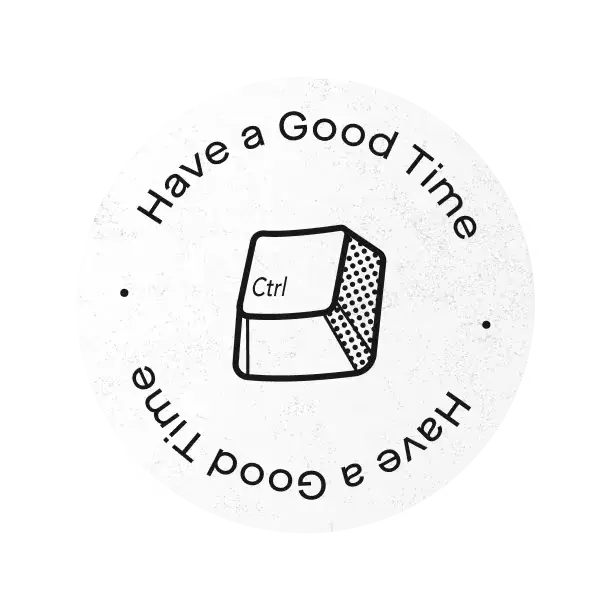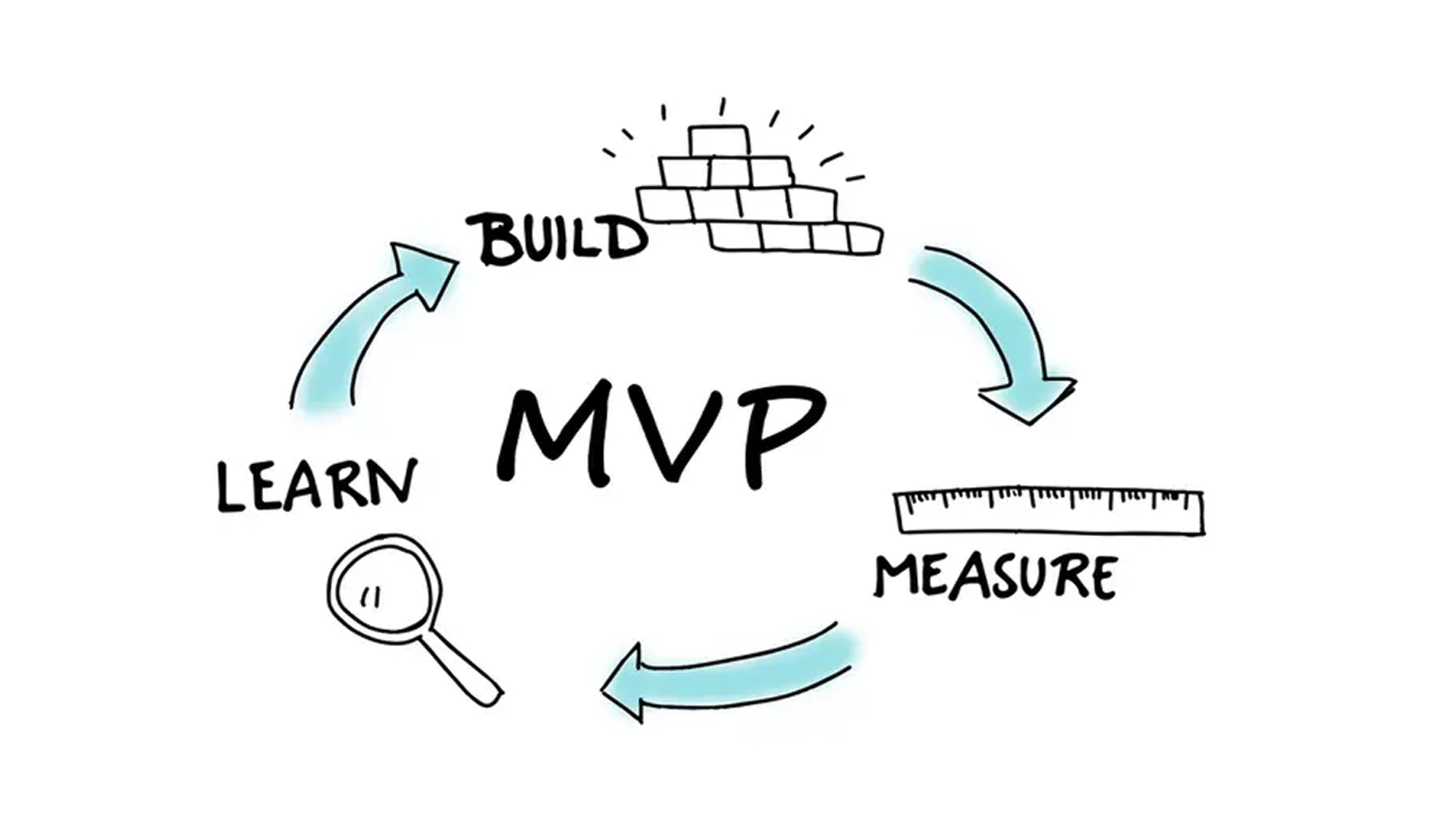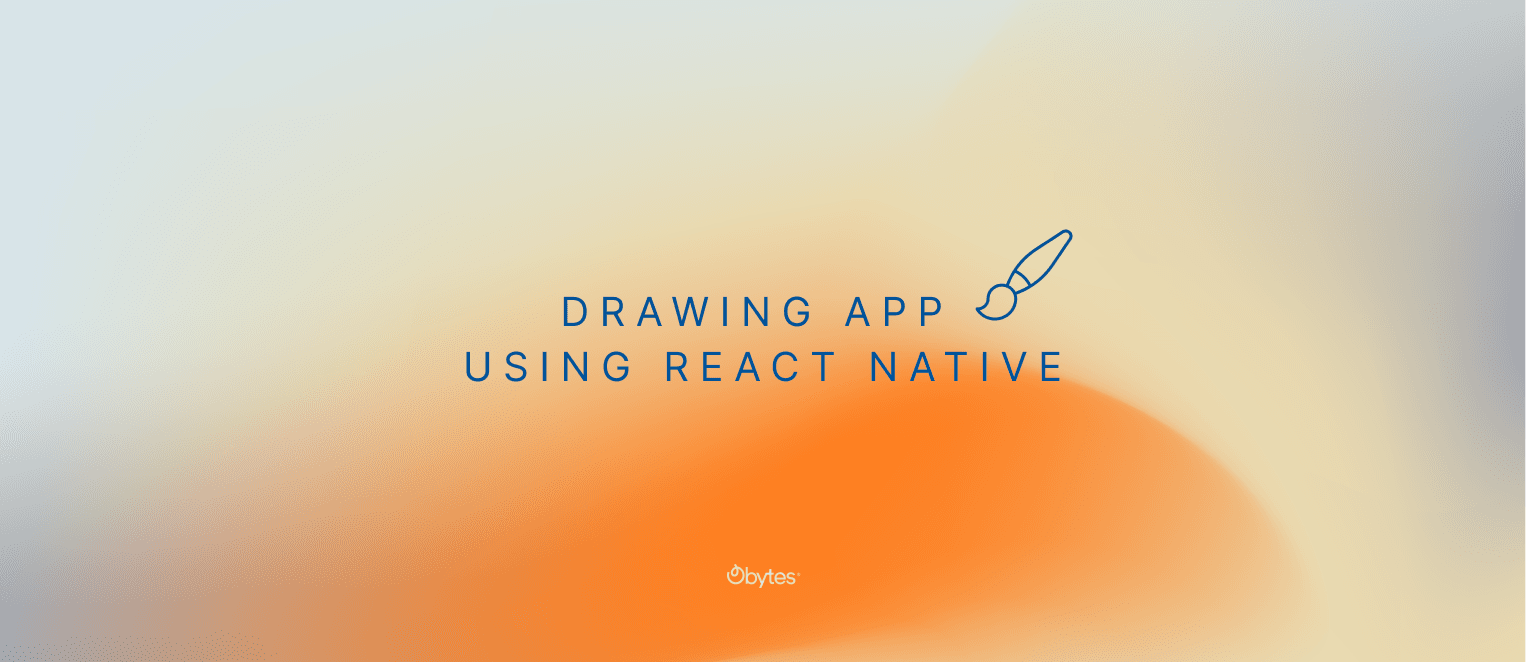This article is a guide to how we do product development at Obytes.
Whether you’re a founder, CTO, product manager, designer, or developer, you will find tools and techniques that you can apply to start shipping meaningful products.
Startup success can be engineered by following the process, which means it can be learned, which means it can be taught - Eric Ries
Introduction
At Obytes, we help non-technical founders kick-start their startups and build their product.
Education, charity, finance and logistics are some of the fields we dove into over the course of this experience.
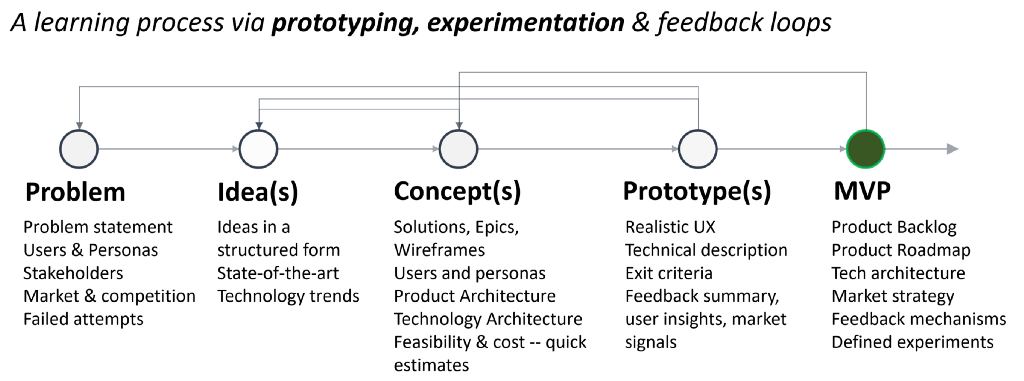
Product development is the process of bringing a product idea to market. Our process is broken down into three stages:
1. Idea generation
2. UX design
3. Build Measure Learn
1. Idea generation
In a report by CBInsights, failure reasons such as Non-friendly product and Product without a business model feature at the top of the list.
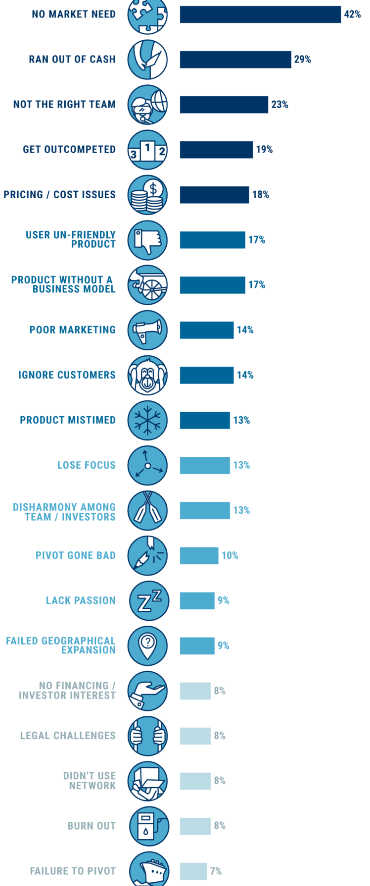
According to the same source, 42% of the startups analyzed, stated that there was no market need for their product.
This stage is very critical and we work closely with entrepreneurs to make sure the product has a market need.
Our strategy here is to focus on a small niche which makes it easy to better understand the customer needs and build more focused products.
Tools & frameworks we're using:
- Whiteboard
- Google docs
- Competitive analysis
2. UX design
In the article "Why Software Fails" by the IEEE organisation, they estimated that the amount of money that is spent worldwide in information technology is one trillion dollars a year, 15 percent of those projects fails.
Three of the top 12 failure reasons are directly related to user experience or user-centered design, as Dr. Susan Weinschenk points out "at least 50% of a programmer’s time during the project is spent doing rework that is avoidable".
At Obytes, we take UX seriously and put it at the core of our product development process, our UX team is involved early on, its main objective is designing a low & high fidelity prototype which serves as a blueprint for the engineering team to create features.
Tools we're using:
- Balsamiq
- Figma
- Sketch
3. Build-Measure-Learn
Several methods exist towards product development, one of the most popular ones and that we follow is the Lean Startup Method.
The product development process is feedback-focused and follows a "Build Measure Learn" cycle which makes it easy to test an idea with the niche target and quickly moving it to become a product.
Build-Measure-Learn. The fundamental activity of a startup is to turn ideas into products, measure how customers respond, and then learn whether to pivot or persevere. All successful startup processes should be geared to accelerate that feedback loop - Eric Ries

Build
The "build" step refers to building a minimal viable product, short for MVP. According to Eric Ries who popularised the term:
The minimum viable product is that version of a new product a team uses to collect the maximum amount of validated learning about customers with the least effort.
At this step, it's important not to over engineer and instead build features fast and release frequently in order to learn from user feedback at fast pace.
Scalability, concurrency and related architectural concerns are addressed after the validation phase.
Tools we're using:
- Django
- Postgresql
- React
- GraphQL
- Heroku, AWS
Measure
If you can’t measure it, you can’t manage it.
This step involves testing and measuring few reliable and valid metrics to determine if enough people are interested in this product and if you can create a business around this idea.
It's very common for entrepreneurs to focus on vanity metrics, as Eric says:
The only metrics that entrepreneurs should invest energy in collecting are those that help them make decisions. Unfortunately, the majority of data available in off-the-shelf analytics packages are what I call Vanity Metrics. They might make you feel good, but they don’t offer clear guidance for what to do.
Tools we use:
- Google Tag Manager
- Mixpanel
- Metabase
- Redash
Learn
This final step is about analysing the data collected and deciding what to do with it.
The learning help understand whether the product is right for the target market or if we need to pivot to a new idea.
Tools we use:
- Google Spreadsheet
- Mixpanel
- Metabase
- Redash
Need help developing an MVP for your idea?
Need any help in building an MVP for your project, or have any questions on how to make an MVP?
